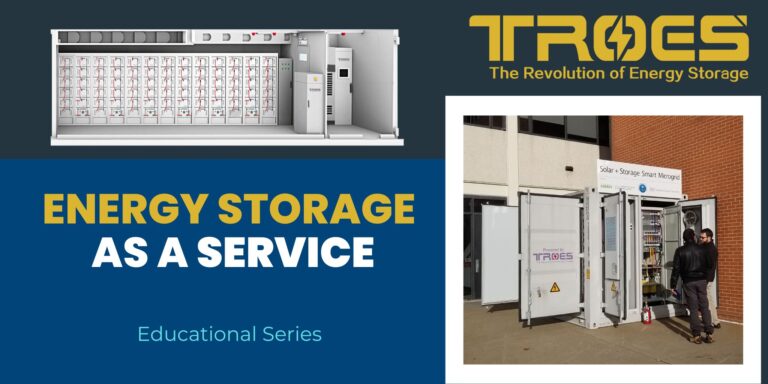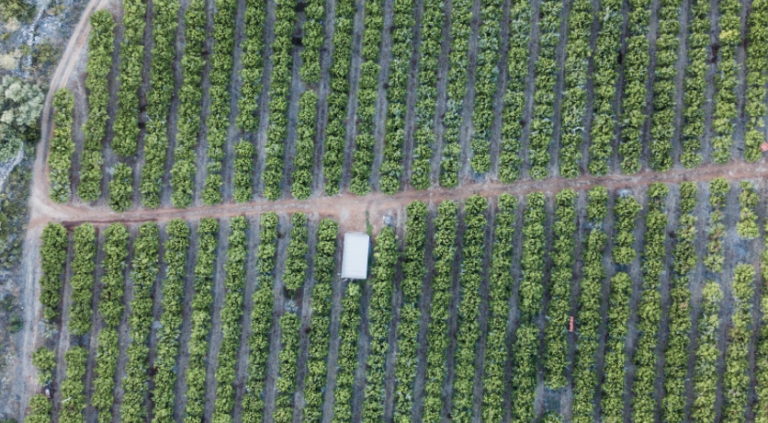Energy Storage is Crucial for Remote Communities

There are approximately 276 remote off-grid communities in Canada with a combined population of around 200,000 people. These remote communities spread across major province and territory except Prince Edward Island, New Brunswick, and Nova Scotia depend upon isolated electrical microgrids that aren’t connected to any other city or community. These grids are almost always powered by diesel generators.
Energy security in these remote communities is at peril as climate change shortens the seasonal ice roads these communities depend on to haul fuel for essential services like heat and electricity. Remote communities consume around 180 million liters of diesel fuel per year for electricity generation and heating and so interruption in fuel delivery could become critical to many of these locations.
The Problem with Diesel
Diesel fuel reliance is tenuous and expensive especially as these remote communities are already overpaying for basic essentials such as housing, travel, food & services. In northern Ontario, an average household consumes around 40 barrels of diesel each year which accrues to an energy bill of over $3,000 per year. In communities farther north (Yukon), these energy bills average $4,500 which is thrice the average a typical Canadian household pays. On top of that, there are environmental issues and local health issues, as WHO classifies diesel fumes as a carcinogen, “a major cancer risk”. Naturally, remote communities are looking to develop clean and renewable energy projects at present to secure their energy systems and become self-reliant.
Transition to Renewable Storage
The transition from diesel microgrids to renewables is a rather complex process. A straight swap is risky and uneconomic. Bringing in too much renewables in an existing system can negatively affect the microgrid operation, as generators need to run at 40 – 50 percent capacity to provide uninterrupted power without damaging the equipment. Any reduction in operation hours can result in low power quality, outages, less efficient operation and high maintenance costs.
Thus, microgrids with high penetration of renewables is susceptible to small changes in weather conditions. For example, in a solar or wind integrated microgrid, suppose the contribution of these renewables is over 30 percent. When there is cloud coverage or zero wind condition, 30 percent of the total generation of the microgrid goes away and this will require the diesel generators to ramp up to stabilize the grid to continue uninterrupted supply. The whole process thus becomes inefficient and expensive. This is the main reason that communities operate generators even when there is plenty of renewable generation.
The Cornerstone for transition
Battery energy storage systems on the other hand can provide the all-important backup during periods when renewables go away. Batteries can stabilize the grid providing power in small increments enabling effective integration of intermittent power sources and that way the generators could be prioritized to operate at minimum recommended range without having to worry about ramping up or down to compensate for intermittent supply. Of the different batteries available in the market, Li-ion batteries include advanced technologies built for grid balancing application as these batteries have good energy density, system performance and more mature chemistries.
An example of energy storage usage to balance the grid with diesel generators is Cordova, Alaska. Previously the town ran diesel generators for 12 to 14 hours per day to meet daytime load demands on top of the power from two run of the river hydropower plants. The generators could not afford any downtime as power supply was critical to power the households as well as the pivotal fisheries industry.
In 2018, Cordova incorporated $1.4 million energy storage system to balance their grids and reduce the operation hours of diesel generators. As a result, Cordova is currently saving as much as $200,000 each year in diesel costs while keeping the generators off for full days at a time when previously they had to be in operation or standby 24/7, 356 days a year on a second to second basis. Furthermore, the remote monitoring systems of the batteries have allowed for autonomous operation, and these plants in Cordova don’t even have operators but rather a computer to balance the system remotely.
In conclusion, there are wide-ranging benefits to all aspects of community lives when they’re freed from the burden of reliance on expensive fossil fuels. Energy storage has the ability to support local economic growth while advancing grassroots participation in a clean energy future through community-led projects. In a grand scheme of things, there are so many other community requirements that need to be met. If all available resources are not spent on expensive fuels, remote communities can focus on essential services like health care, education, job creation and social well-being.






